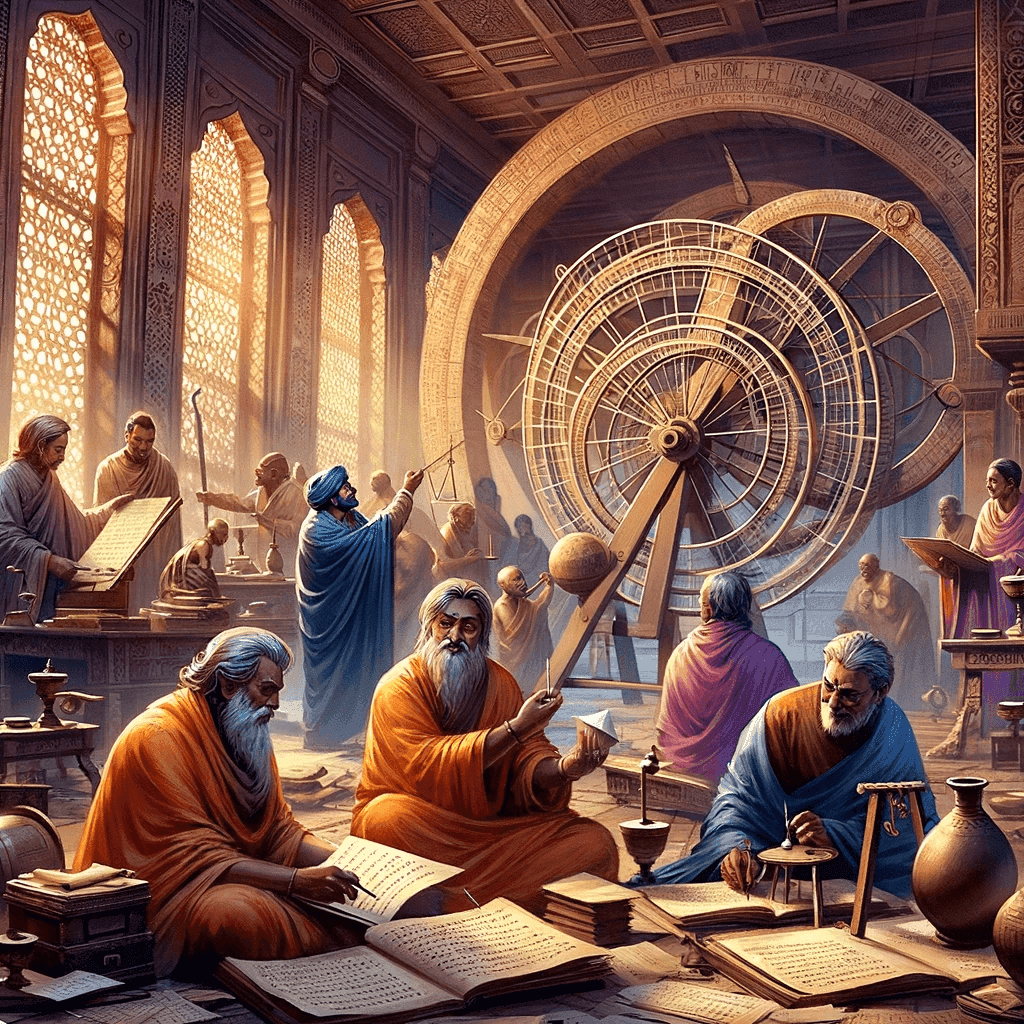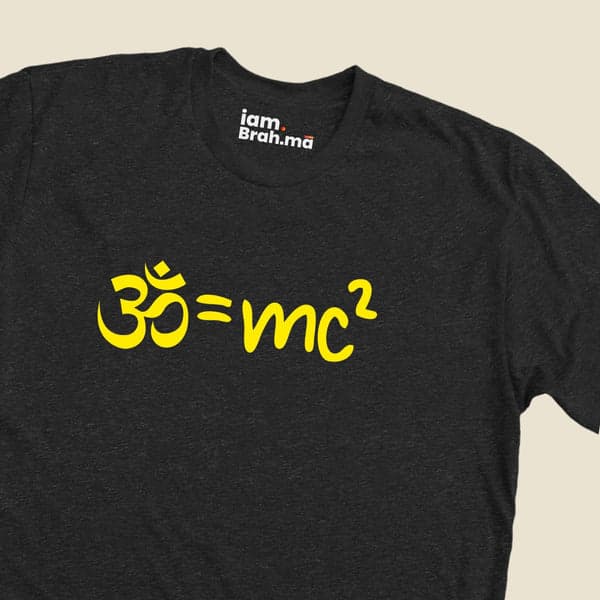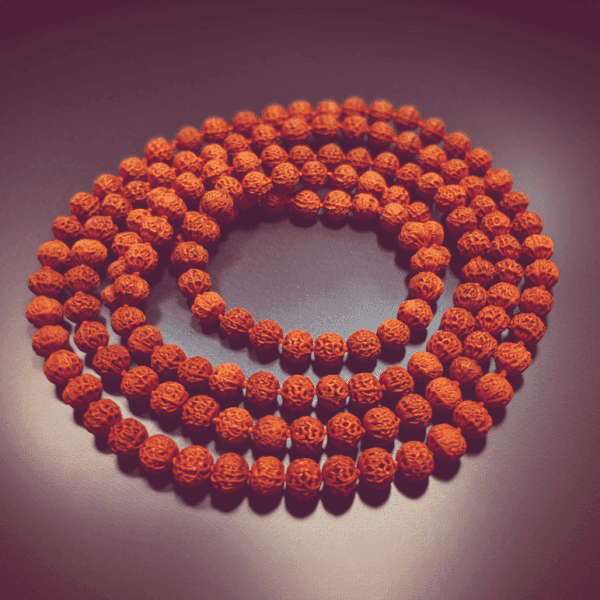Pi (π): India's Ancient Contribution to a Fundamental Mathematical Constant
The mathematical constant Pi (π), representing the ratio of a circle's circumference to its diameter, was known to ancient Indian mathematicians who made significant contributions to understanding and approximating its value.
Information and Other Details

Information on the Discovery
The concept of Pi in Indian mathematics was first discovered through the geometrical calculations of circles. Ancient Indian mathematicians like Aryabhata and Brahmagupta provided some of the earliest approximations and algorithms for calculating Pi.
Story of Pi in Indian Mathematics
The story of Pi in Indian mathematics is one of remarkable insight and progressive thinking. Indian scholars delved into complex mathematical problems, demonstrating an advanced understanding of geometry and calculations involving circles.
History of the Discovery
The historical development of Pi in India can be traced back to the Vedic period, with subsequent significant advancements during the Gupta period. Aryabhata, in the 5th century CE, is particularly notable for his approximation of Pi.
Scriptural References and Its Mentions
References to Pi and its calculations can be found in ancient Indian texts such as Aryabhata's "Aryabhatiya" and Brahmagupta's "Brahmasphutasiddhanta". These texts include methods and algorithms for approximating the value of Pi, reflecting the advanced state of mathematics in ancient India.
Global Influence/Acceptance
While the global recognition of Pi as a mathematical constant came much later, the contributions of ancient Indian mathematicians laid important groundwork. Their approximations and methods influenced later mathematical developments in other regions.
...




